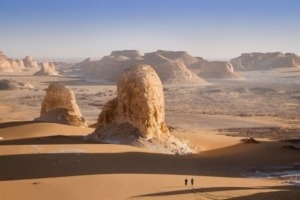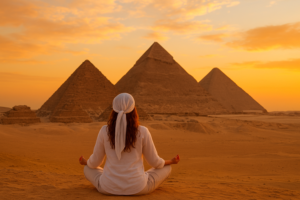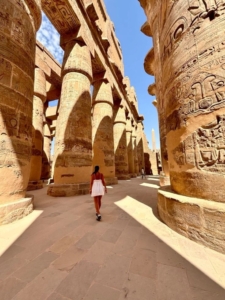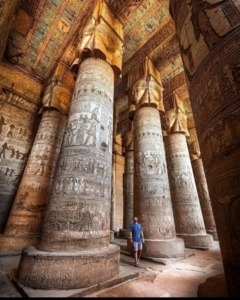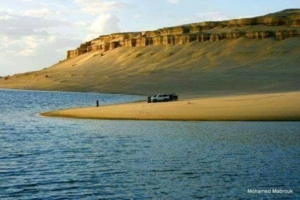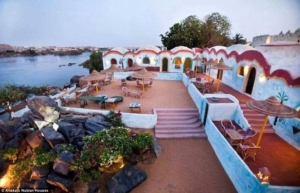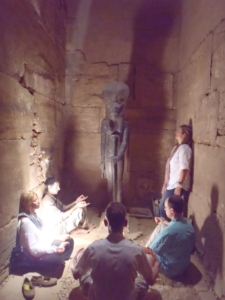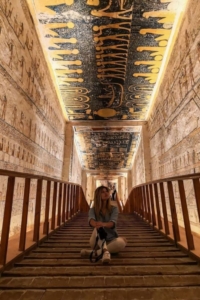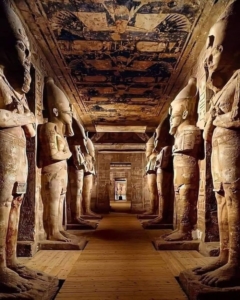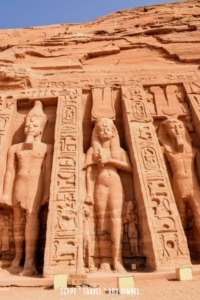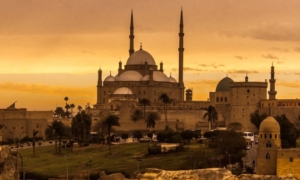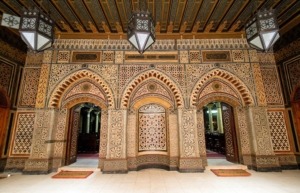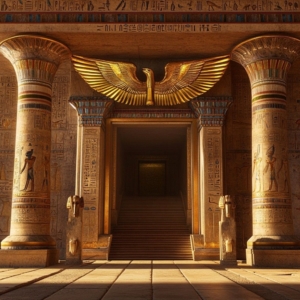How to Arrange a Special Tour to the White Desert and Bahariya Oasis and Enjoy the Best Places
Planning a tour to the White Desert and Bahariya Oasis is one of the most fascinating travel experiences in Egypt. This unique region combines surreal landscapes, peaceful oases, and unforgettable desert adventures. To make the most of your visit, you need to know how to get there, the best time to visit, the top attractions, how long you need, and what to bring with you. Here is your complete guide.
How to Get to Bahariya Oasis and the White Desert
Most travelers begin their journey from Cairo, as it is the closest major city and transportation hub.
By private car or private tour:
The easiest and most comfortable way is booking a private guided trip with a licensed desert tour operator. It takes about 4 hours to reach Bahariya Oasis from Cairo by road, and then about 1 hour to reach the Black Desert and another 45 minutes to reach the White Desert.
By bus:
Public buses run from Cairo to Bahariya, but they are not recommended for travelers planning to go deep into the desert, as only 4×4 vehicles are allowed inside the White Desert National Park.
Shared tourist vans
Shared tourist vans are also available as an option for visitors traveling to Bahariya Oasis. This service is not public transportation, but it allows you to share the vehicle with other travelers, making it a more budget-friendly alternative compared to booking a private car you can find this option avaliable from this link here.
4×4 vehicles:
To explore the White Desert, you must travel with a licensed 4×4 vehicle and an experienced desert driver for safety, navigation, and camping arrangements.

Best Time to Visit the White Desert and Bahariya Oasis
The ideal time to visit is (October to April), when the weather is mild, sunny, and perfect for outdoor activities.
* Winter (November–February):
Best for camping, as days are cool and nights are fresh.
* Spring (March–April) & Autumn (October–November):
Perfect for hiking, photography, and exploring without extreme heat.
Main Sites to Visit in Bahariya Oasis and the White Desert
A special tour includes stops at several stunning natural and historical landmarks. The highlights include:
1. Bahariya Oasis
* Palm groves & natural hot springs – perfect for relaxing after the drive.
* Black Mountain viewpoint – offering panoramic views of the oasis.
* The Valley of the Golden Mummies – a fascinating archaeological site.
* Alexander the Great Temple – a unique historical stop.
2. The Black Desert
* Known for its volcanic hills covered in black basalt.
* Ideal for photography and short hikes.
3. Crystal Mountain
* A natural arch made of pure quartz crystals.
* One of the most famous and unique stops on the way.
4. The White Desert National Park
The highlight of the entire tour, known for:
* Massive chalk rock formations shaped by wind over thousands of years.
* Famous formations such as Mushroom Rock, Chicken Rock, the Ice Cream Valley, the Old & New Desert.
* Stunning sunset and sunrise scenery.
* A silent, star-filled sky perfect for stargazing.
5. The Valley of Agabat
The Valley of Agabat, located deep within Egypt’s White Desert, is one of the region’s most breathtaking natural wonders. Its dramatic limestone cliffs, golden sand dunes, and surreal rock formations create a landscape that feels almost otherworldly. A visit to Agabat offers unforgettable opportunities for photography, sandboarding, and experiencing the true magic of the desert.
How Long You Need to Cover the Main Sites in Baharia oasis and the white desert
The ideal duration for a full and enjoyable tour is:
* 1 Night / 2 Days — minimum to cover Bahariya Oasis, Black Desert, Crystal Mountain, and White Desert with camping.
* 2 Nights / 3 Days — recommended if you want a deeper desert experience, more time in remote areas, and extra stops.
A day tour from Cairo is possible but not recommended, as you miss the desert camping experience, sunset, and sunrise—the best parts of the trip.
What to Bring with You for a Comfortable Desert Experience
Even though your tour operator will provide most essentials, you should bring:
* Comfortable clothing (light for daytime, warm for night)
* A jacket or warm sweater (nights can be very cold in winter)
* Sunglasses, sunscreen, and a hat
* Hiking or comfortable closed shoes
* Personal toiletries and wet wipes
* A power bank or fully charged camera/phone
* A small backpack for personal items
* A scarf or headcover for wind and sand
* Medications and personal needs
Tips for Arranging a Perfect Special Tour
* Always book with an experienced, licensed desert operator.
* Confirm that 4×4 vehicles, camping gear, meals, and permits are included.
* Ask for a private tour if you want more flexibility and better photo opportunities.
* Make sure the itinerary includes sunset and sunrise in the White Desert—these are unforgettable moments.
* For the best experience, choose a tour with traditional Bedouin dinner and stargazing.
Final Thoughts
A special tour to the White Desert and Bahariya Oasis is more than just a trip—it’s an adventure into one of Egypt’s most extraordinary natural landscapes. With the right planning, the proper equipment, and a trusted tour operator, you’ll enjoy spectacular rock formations, peaceful desert nights, and a deep connection to Egypt’s natural beauty.
This journey is ideal for travelers seeking something unique, serene, and visually breathtaking—an experience you will remember forever.
Discover the White Desert and Bahariya Oasis with Axatours
Get ready for the ultimate Egyptian adventure! With Axatours, we take you on exclusive, expertly curated tours of the White Desert and Bahariya Oasis. Our experienced team will guide you every step of the way, ensuring an unforgettable journey. For more details and exclusive offers, click the link here and start planning your dream trip!
Written by ATW Novomber 2025

